Since 1870, our family has been looking after vineyards with farsightedness, making innovative and conscious choices, capable of developing the fullest expression of Capriano del Colle DOC by exalting the specific characteristics of the grapes, in particular Marzemino.
It is a path of patiently making the most of the terroir while respecting both tradition and the land.
Tenuta la Vigna
Innovation and Sustainability
At Tenuta La Vigna we have been creating wines for a century and a half, respecting the slow rhythm of nature. Every day we go through our vineyards, observing and studying them to understand the natural mechanisms behind them. We cultivate the terroir in the most respectful way possible in order to bring out the essential nature of its fruits. With love, humility and patience.
Even innovations follow the rule of the right waiting time, of meditation, and of the awareness necessary to choose the best path.
The cycle of the earth does not follow the sudden changes of fashion; for us, “innovating” means understanding that a change is necessary; and it is this awareness that represents the very seed of innovation.
Our way of working the vine combines the best traditions of the past with modern technology. Our knowledge of the character of our vines, the development of their potential and individuality, and the reasoned evaluation of new opportunities, allow us to practise a conventional-integrated viticulture aimed at respecting a natural balance and biodiversity.
We love and respect the nature that welcomes us and we are proud of the progress achieved in sustainable viticulture, developed by combining different strategies that apply the positive side of each method.
These strategies allow us to preserve and protect the environment, consuming less and less fossil energy and polluting as little as possible to guarantee the uniqueness, the naturalness and the high quality of our wines.
Tenuta la Vigna
Our vineyards
Our vineyards are spread over 9 hectares (22,2 acres) with 6800/7200 plants per hectare, with Marzemino, Sangiovese and Merlot for red wines, Trebbiano and Chardonnay for white wines, in the heart of DOC Capriano del Colle, Montenetto. This area is unique for its geological conformation and microclimate ideal for viticulture.
The clayey nature of the soil, the good daily temperature variation and the low rainfall contribute to giving the wines from red grapes very intense pigmentations, complex olfactory sensations, the right richness in alcohol and smoothness, and minerality and richness of flavour to the white wines. Proof of this are the old vintages which can express their attachment to the land even after many years of ageing.
The accurate and scrupulous selection of the bunches allows calibrating the correct production yield per plant, guaranteeing that the typical features of the vine in this unique area are expressed.
Grapes are harvested exclusively by hand, placed in small crates and brought to the winery for destemming and immediate crushing, in order to preserve the characteristics of the fruit.
Tenuta la Vigna
Our history
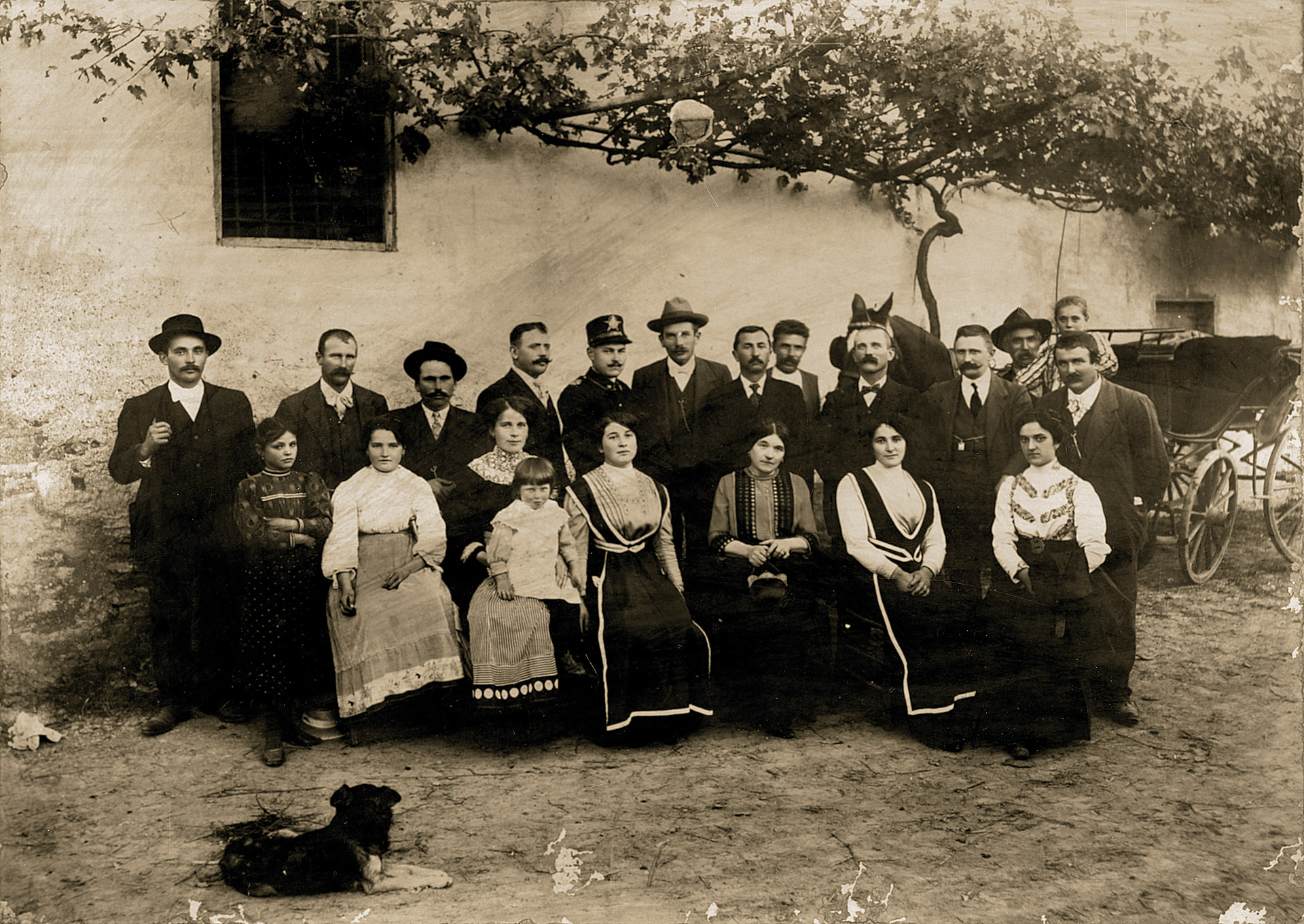
THE BOTTI FAMILY
The Botti family has been present on Montenetto since 1870, creating and developing a very strong bond over the years with agriculture and in particular with the vineyard.
1870
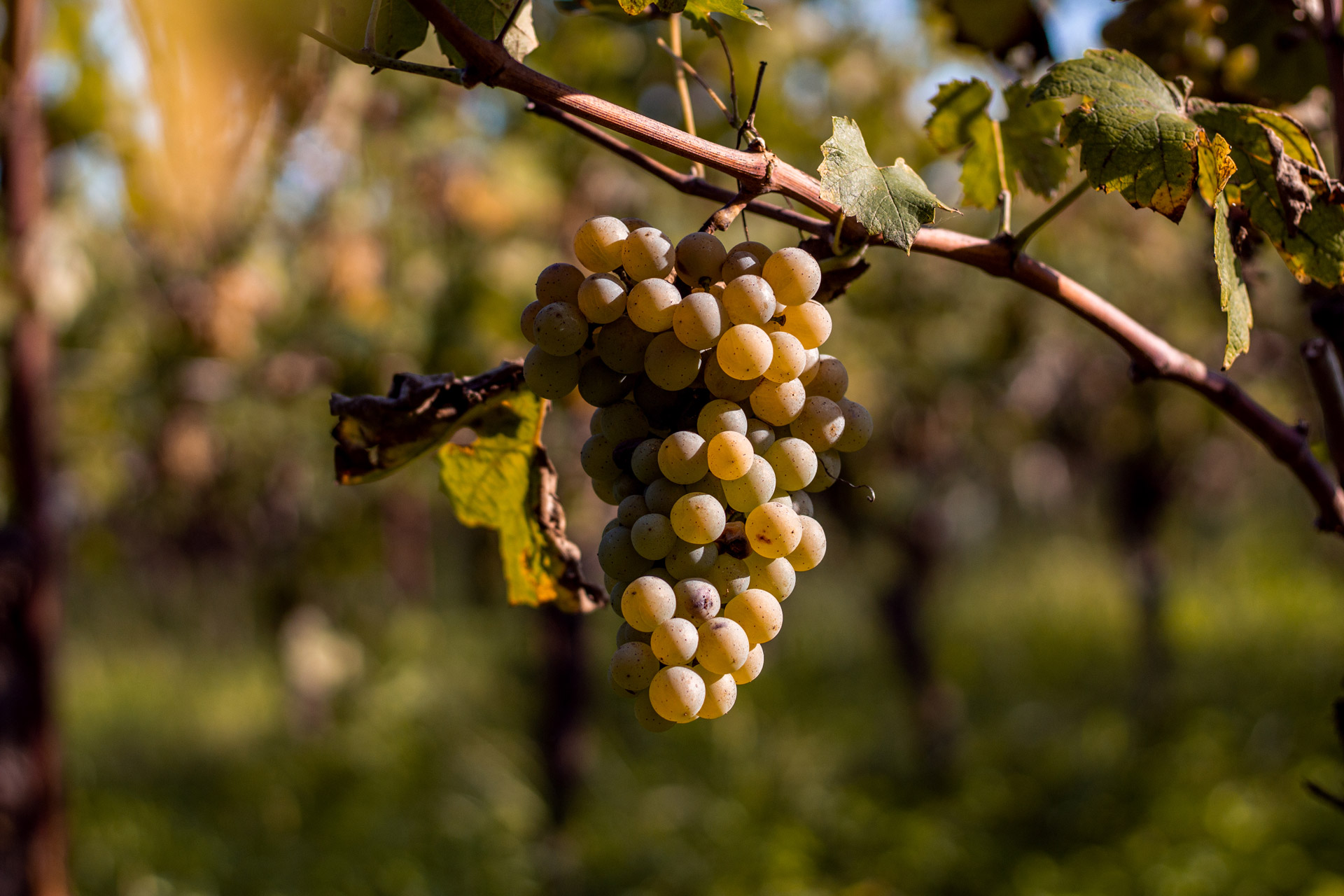
NEW VINEYARDS
This love was strengthened in the early twentieth century, when Giuseppe Botti bought new vineyards from the land belonging to a noble family of Brescia, bringing the property to 10 hectares.
1900
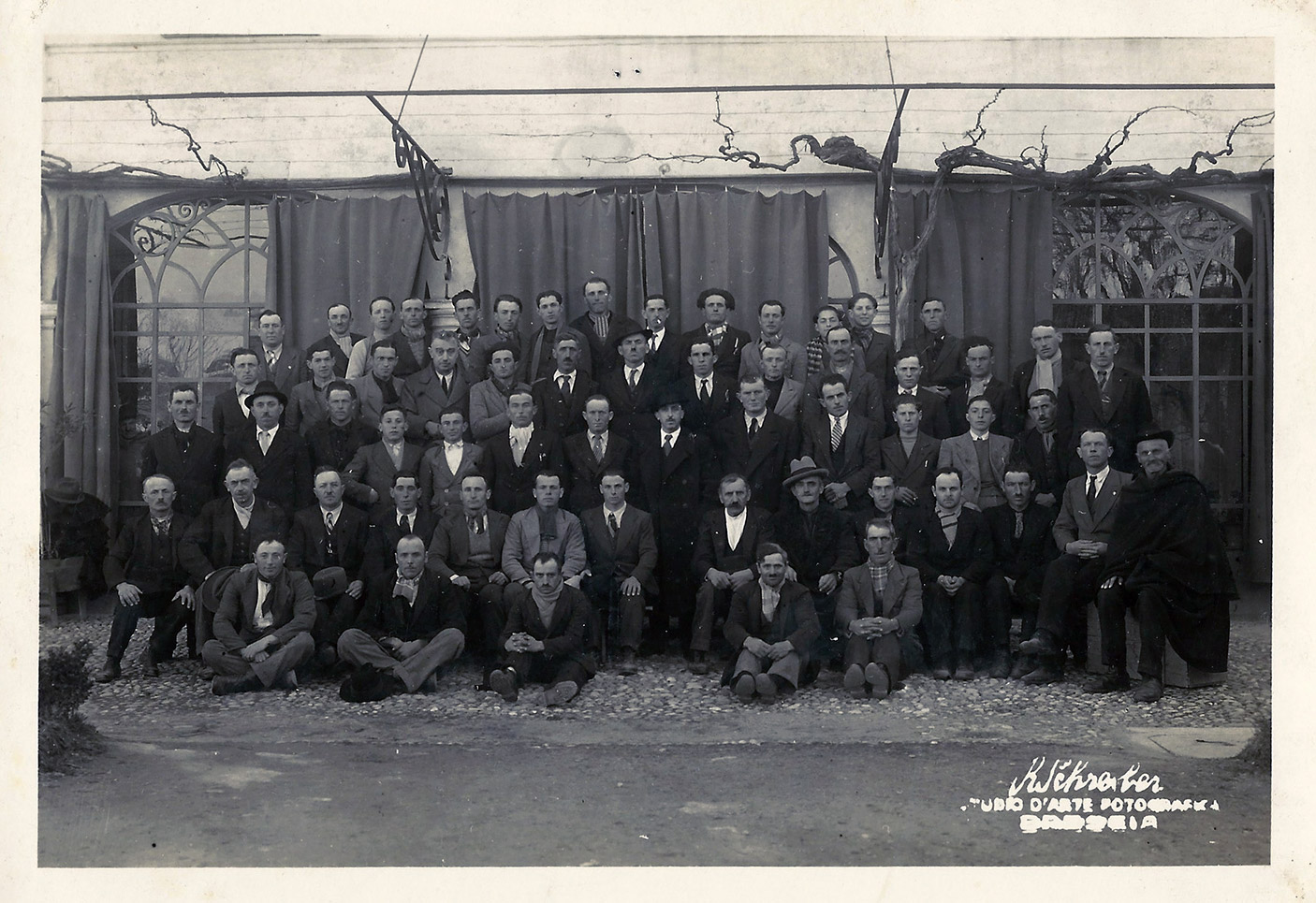
THE COMPANY’S DEVELOPMENT CONTINUES
The development of the company continued in the 1920s with Marco Botti, who established a fertilizer factory and a warehouse for grains, culminating in the 1950s with the creation of a distillery. These were very exciting years, in which the agricultural courses organized by our family became particularly famous, in particular those on vine pruning and on grafting.
1920-1950
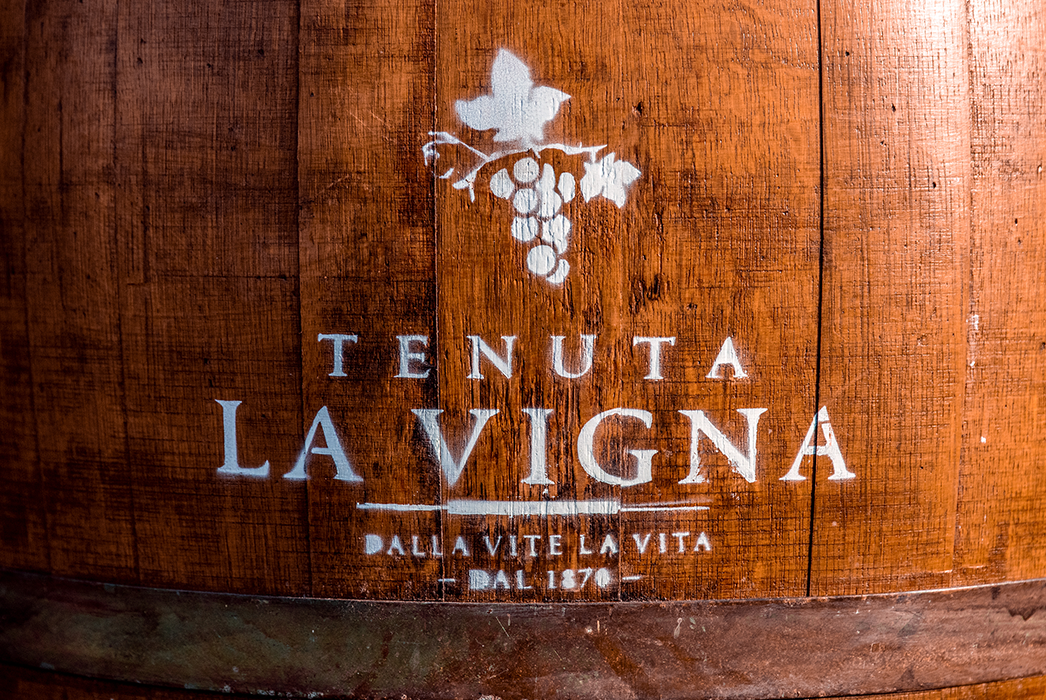
UGO BOTTI
A pioneering spirit, Ugo strongly believed in the potential of Montenetto and was one of the pioneers of Capriano del Colle DOC in 1981, strongly encouraging, in the following years, the foundation of the Capriano del Colle DOC Consortium, today known as Consorzio Vini Montenetto, with the intention of creating a collaborative network with other producers.
1981
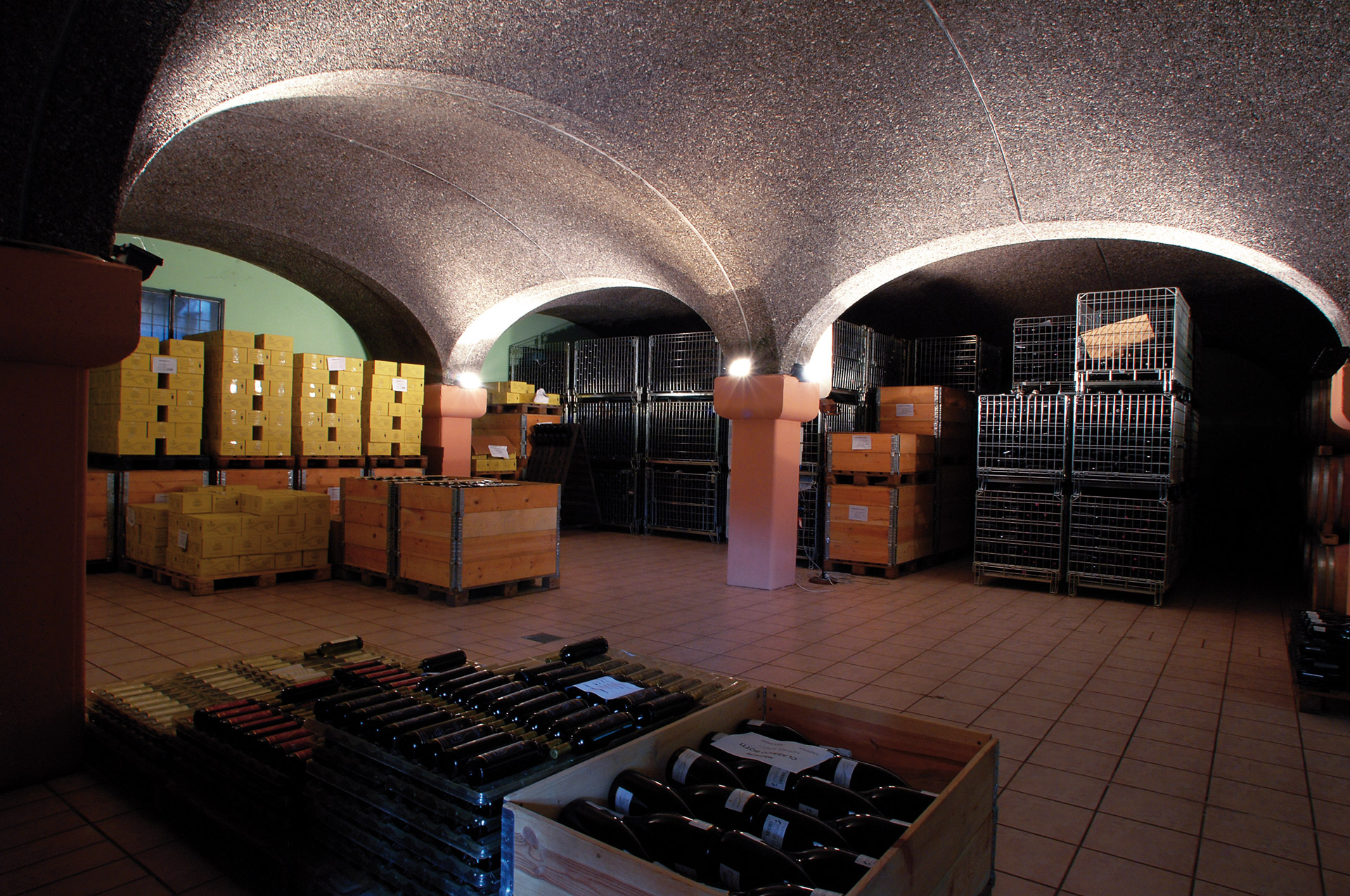
TENUTA LA VIGNA
After Giuseppe and Marco, Ugo Botti, the third generation of winemakers, established Tenuta la Vigna in 1982, personally overseeing the renovation of the winery and of the ancient vineyards, respecting time and seasons.
1982
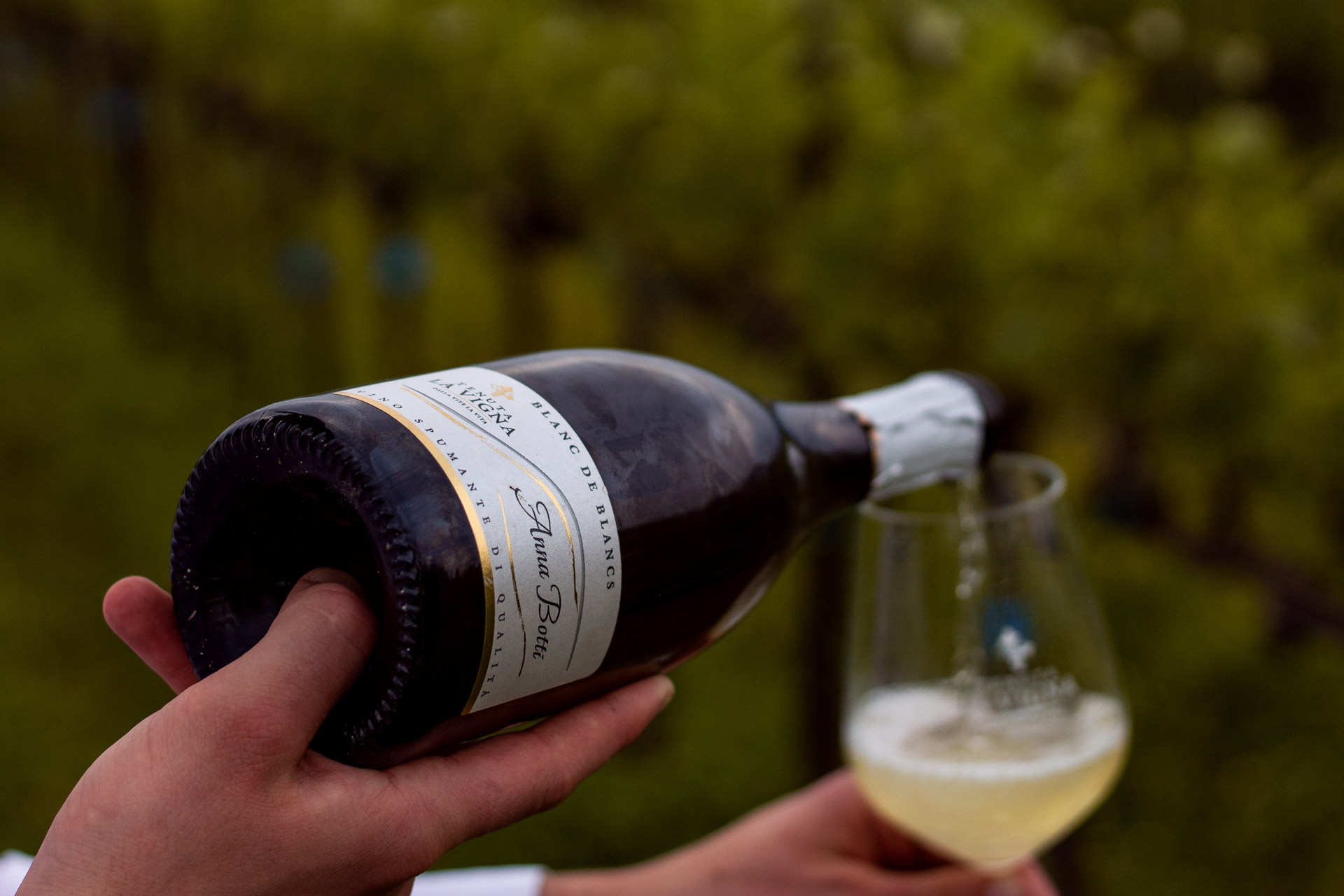
BRUT TRADITIONAL METHOD
In the new winery he had recently founded, Ugo started producing all the Red and White DOC wines and in 1986 he started his project ``Bollicine`` Brut Traditional Method with Chardonnay grapes and a small percentage of Trebbiano. Over the years, this project was consolidated by the planting of Chardonnay clones, particularly suited for making sparkling wine, completely omitting Trebbiano.
1986

ANNA BOTTI
Ugo was soon joined by his daughter Anna, who gave impetus to the winery by introducing the right degree of modernity in an increasingly complex and technologically advanced evolutionary process. This is essential so that modern agriculture can face the major challenge represented by the sector’s energy sustainability.
1991
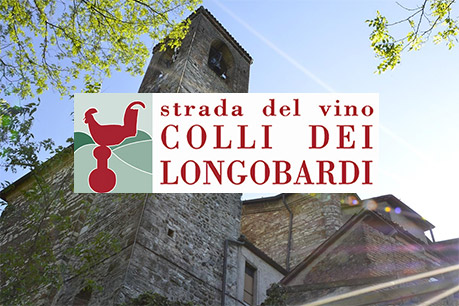
LONGOBARD HILLS WINE ROAD ASSOCIATION
In 2002 Tenuta La Vigna joined and supported the foundation of the Associazione Strada del Vino dei Colli Longobardi (Longobard Hills Wine Road Association), to develop the production of food and wine in the context of tourism.
2002
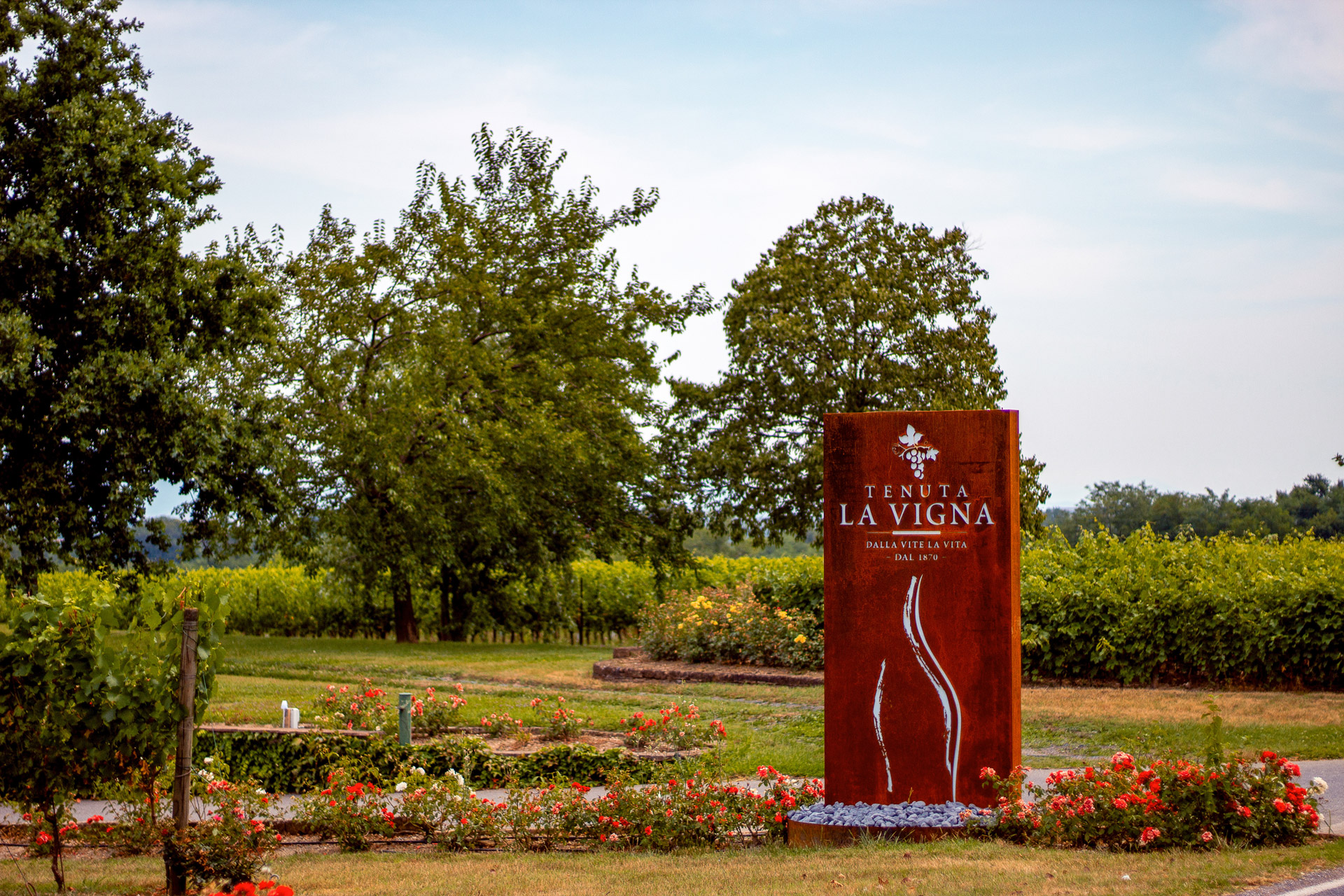
THE BEST OF ITSELF
Tenuta La Vigna, by putting its determination to make a wine that can always show the best of itself at the centre of its work, protects the heritage it has received in inheritance. This heritage will be handed down to the fifth and new generation, together with the dream of great-great-grandfather Giuseppe.
Today
Tenuta la Vigna
Montenetto
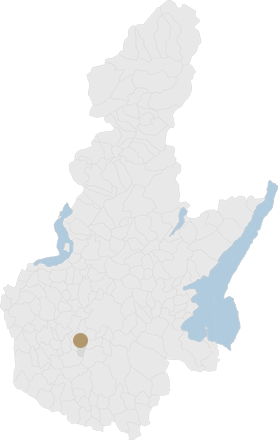
A unique plateau made up of clay, silt, and fine sand. This composition classifies it among heavy, cold soils, which are not very suitable for agriculture in general, but particularly suited for viticulture, also thanks to their excellent exposure.
Proof of this are the different types of wines produced here, in particular the high potential expressed by the autochthonous varieties such as Marzemino and Trebbiano.